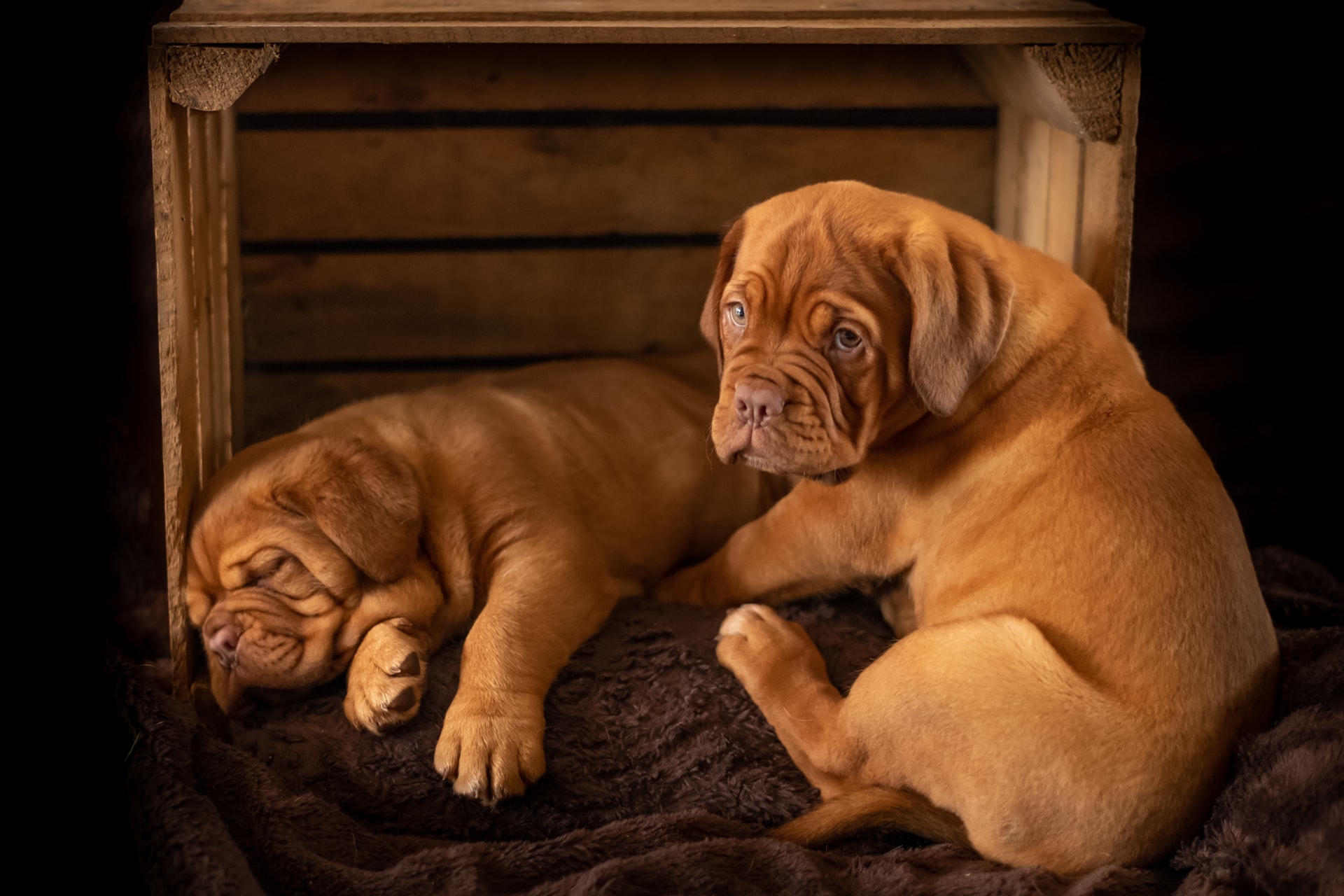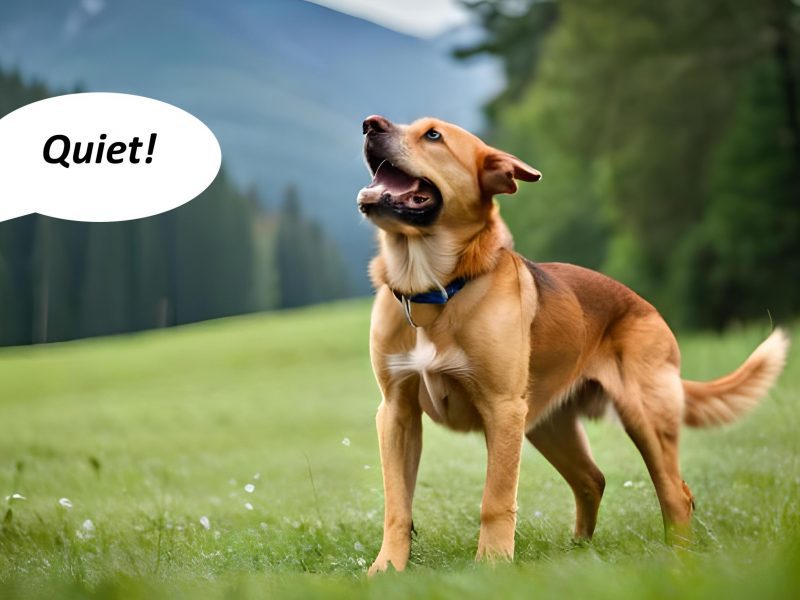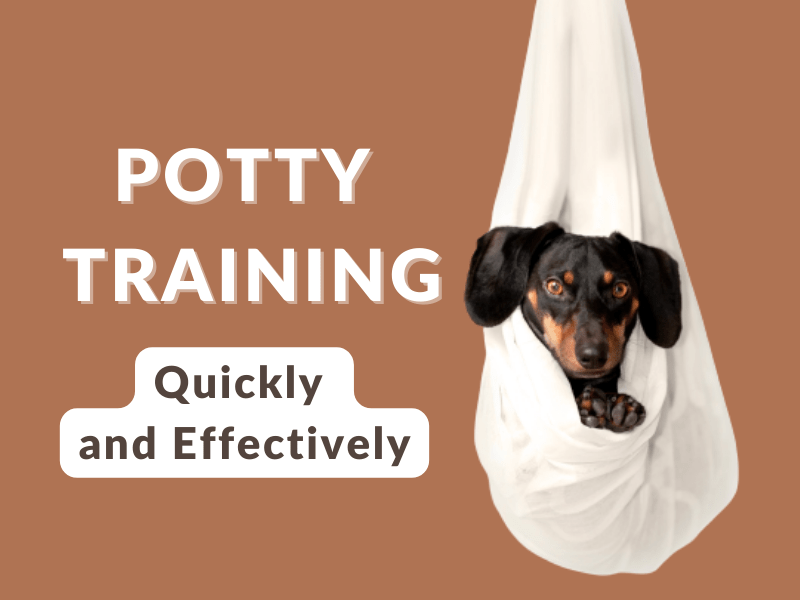There are many benefits of using a crate training a puppy. It comes in handy while you are taking your pup to the vet, to a kennel, a hotel, or even while you are traveling by air. Training your puppy to use a crate is helpful. Let us take a look at the benefits that you and your pup can enjoy by making use of a crate.
1. Helps in Housebreaking
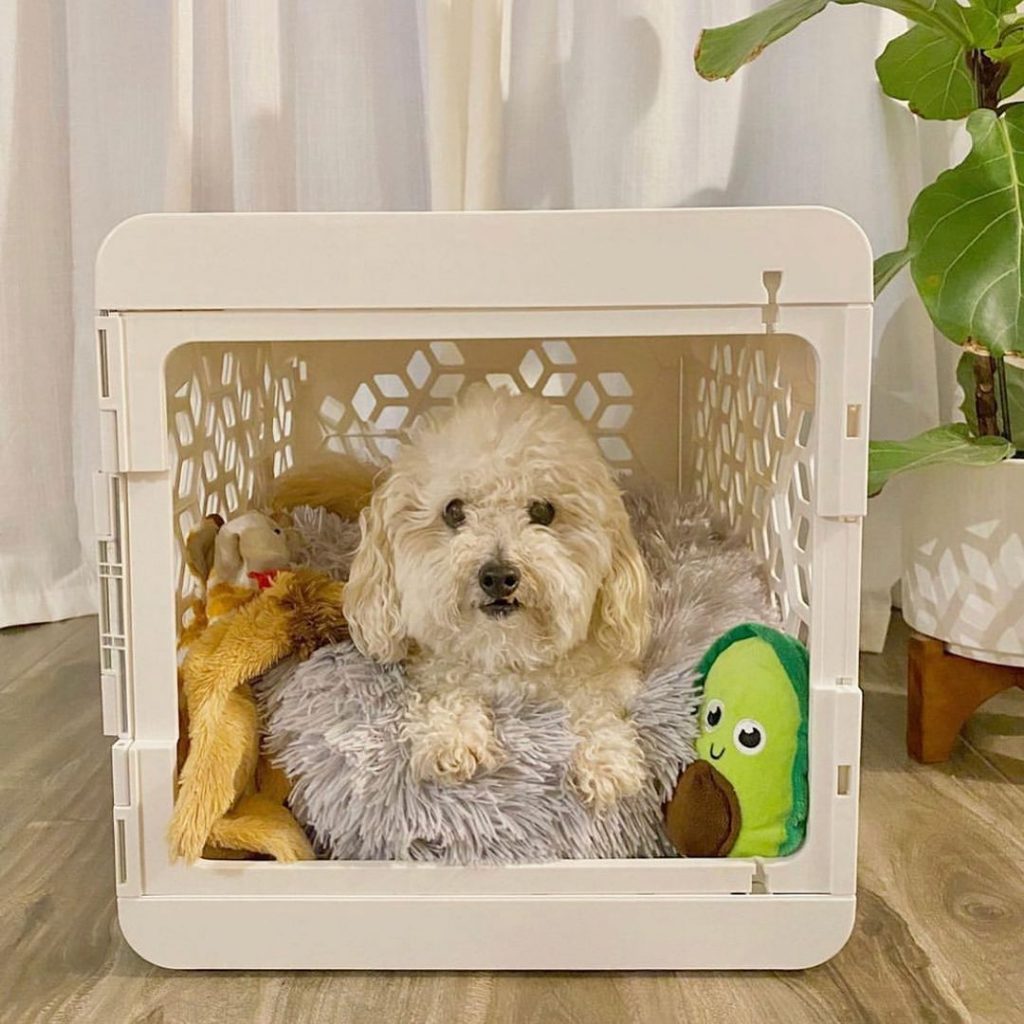
The first benefit of crate training Puppy: Puppies have an inherent sense of denning, the trait that they have inherited from their ancestors. This means that they would keep their den, the place that they eat and sleep, clean of urine and feces. This can be made use of for decreasing the time required to housebreak your pup and avoid any little accidents. When you have placed your pup in the crate, they will definitely refrain from going to the toilet for as long as they possibly can. You can place your pup in the crate for a short period and then immediately take them out to their toilet area. Encourage them, and they will definitely do the deed. Therefore, instead of roaming around the house and soiling wherever they wish to, they would wait for you to take them outside.
2. Hinders Destructive Chewing
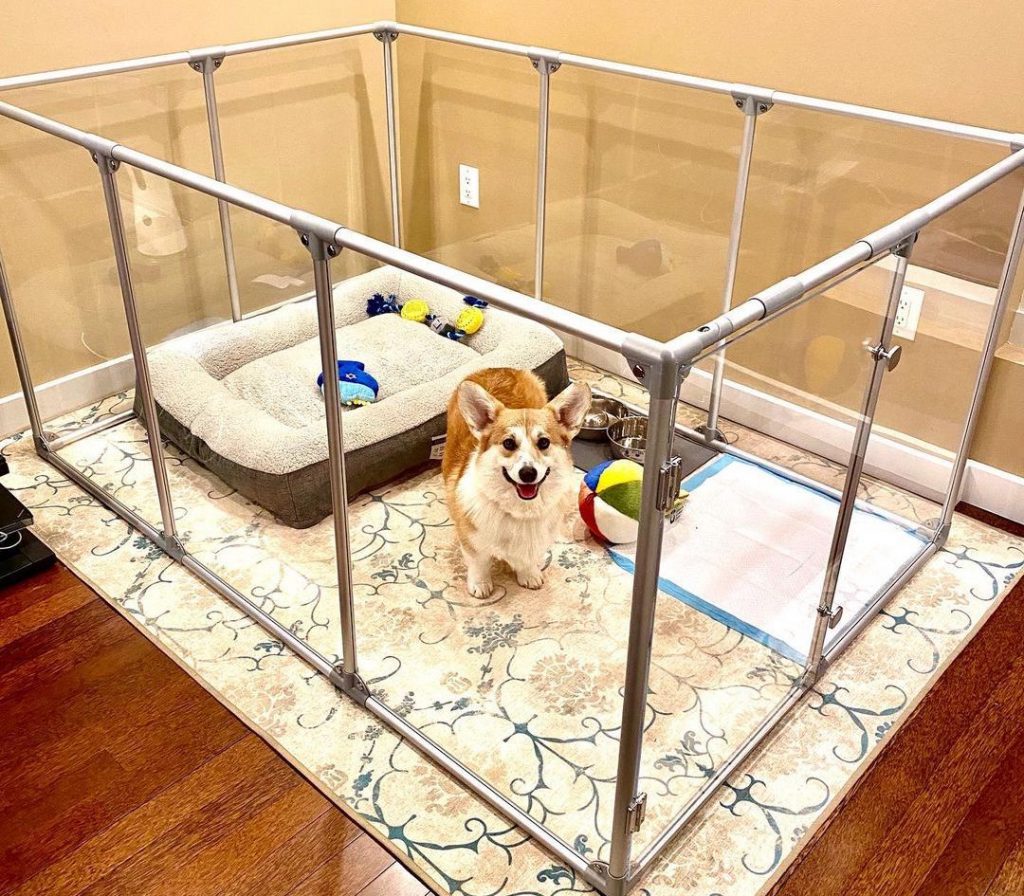
The second benefit of crate training puppy: Most puppies and adult dogs tend to chew a lot, especially while they are teething. If you want to save your household items, then it is important that you teach them what they should and shouldn’t chew. If your pup regularly chews on something, and it is allowed to do so, then this will become a habit. If your pup chews on slippers, cushions, shoes, or anything else regularly, then this will become a habit for him. If you are supervising your puppy and you see this behavior, then you can redirect your pup to chew something more acceptable. However, if supervision isn’t possible, then you can place them in the crate with their chew toys. This will teach your pup to chew on the correct toys and prevent them from chewing the wrong ones.
3. Keeps Your Dog Safe
If you aren’t able to supervise your puppy constantly and there are a lot of opportunities for them to get into any form of trouble, then keep them in their crate. Trouble could mean causing damage to your belongings or putting themselves in dangerous situations.
4. Prevents Behavior’s Problem
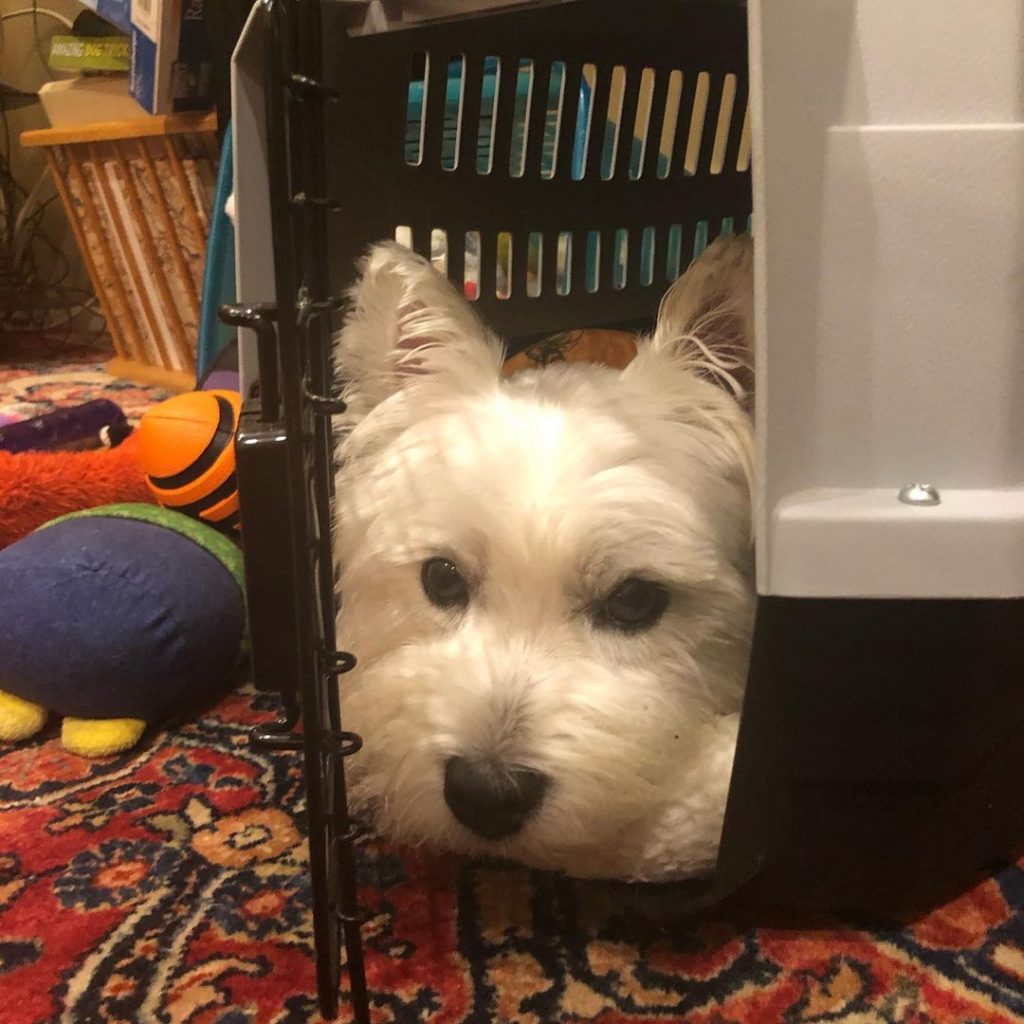
Dogs like to seek rewards. They will behave in different ways till they find the one that will help them seek a reward. The pup will repeat the same habit in the future for getting the reward. This is how their habits are formed. Digging in the yard or eating the contents of the fridge could be rewarding for the dog, but undesirable for you. If you happen to catch them, then you can correct their behavior. However, what to do when you aren’t around? Crating your pup when you can’t be around so that they will not engage in any unwanted behaviors will prevent the formation of bad habits. As they start growing older, the time that they spend in the crate will also keep decreasing.
5. Safety and Security
A crate would be your pup’s special place. A crate would be their own place, it will provide them some peace, quiet, and refuge for them to relax and sleep. A crate is like its own den. How a child would feel in their own room, a dog would feel the same in its crate.
6. Solving Behavioral Problems
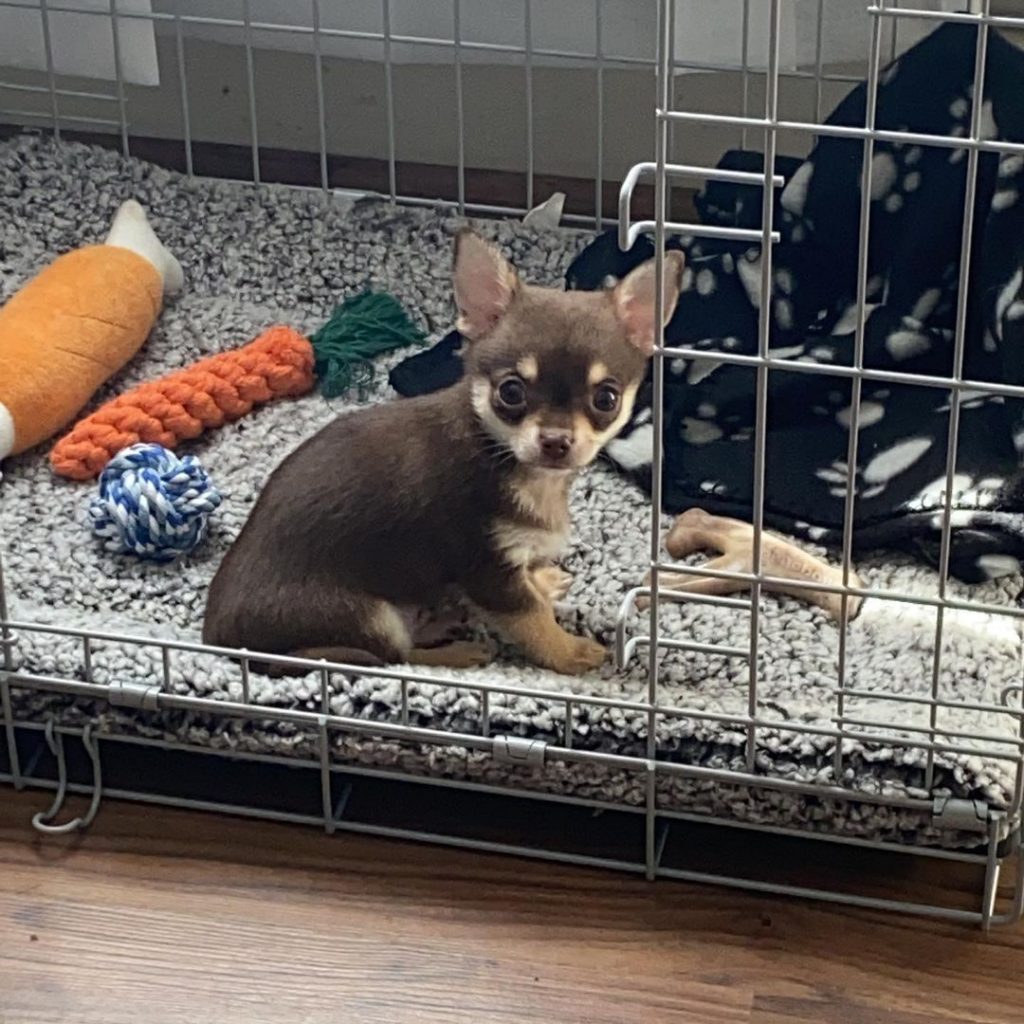
Training and management will help in solving your pup’s behavioral problems. You will need to train your pup to stop engaging in any undesirable behavior and teach them good behavior. Management would be to prevent your pup from having an opportunity to perform any bad behavior. This combination will help in preventing your dog from engaging in any undesirable behavior and enforcing desirable behavior. You can crate your puppy when you aren’t able to prevent them from engaging in any undesirable behavior.
7. Calming Your Puppy
The best tool for a time-out would be a crate. If you want to take your puppy out of an environment for calming them from their over-excited state, then the crate is the best option. They can get overexcited when playing with another dog or even while playing any vigorous game with you.
8. Safe Travel
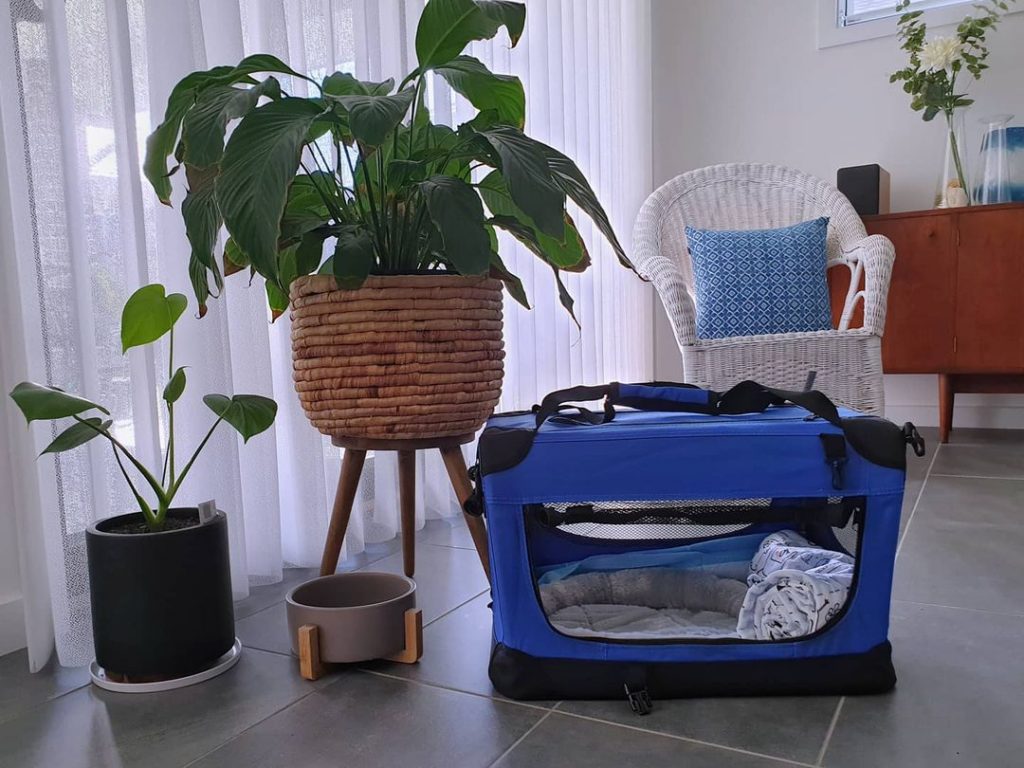
For air travel, your puppy will need to be crated. If they are used to being in a crate anyway, then they will be calmer and ready for the whole experience. They don’t need to be crated while in a car, but it will be better if they are. An unrestrained dog might suffer injuries in the case of an accident in a car. He also might be a distraction for the driver and climb out of the window.
Articles you would love to read
- How To Housetraining Your Puppy In 4 Easy Steps
- How To Stop Your Dog From Biting: 11 Simple Steps
- 10 Reasons Why Puppy Is Not Eating And How To Solve It

